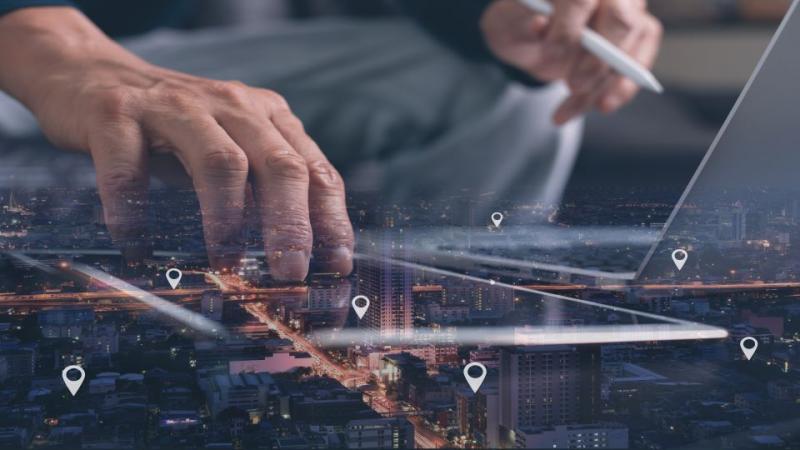Reduced Consumer Spending Requires Smarter Tactics In-Store
To say the past year has been a challenge for retailers would be an understatement. If disrupted supply chains and online competitors receiving a boost from the pandemic weren’t big enough issues to deal with, inflation is approaching record levels and energy costs are soaring. These are tough conditions for any brick-and-mortar retailer, made worse by the pinch consumers are feeling as their disposable income tumbles.
But it’s not all doom and gloom. While the current environment might seem hostile to retailers, look closer and you’ll see countless opportunities for innovation and growth. While e-commerce may have enjoyed an uptick in sales during the lockdown months of 2020, online shopping still only represented 13% of total retail sales. Fast forward to 2022, and e-commerce still only accounts for roughly 1 in 5 of all retail purchases. In-store retail is alive and well, but that doesn’t mean there isn’t work to do.
In the U.S., customer foot traffic to physical stores has actually been on a steady incline since the beginning of 2022. How retailers win their share of foot traffic and convert browsers into buyers, however, will be critical. While the majority of customers might still prefer to shop in person, they are increasingly looking for in-store experiences that complement, supplement, or mimic some of the conveniences they’ve come to take for granted in the online world.
In a recent study, nearly a third of retail shoppers said they would be likely to engage with “experiential moments” such as live offers, targeted promotions, and relevant product recommendations. These types of campaigns are relatively easy to implement in a purely digital environment, but that doesn’t mean physical stores can’t benefit from the same level of hyper-personalized customer engagement.
Location-based marketing is key to allowing retailers to build these hyper-personalized campaigns. Loyalty apps, for instance, have been a best-practice for omnichannel retailers for the past decade or more. But retailers are yet to unlock the true potential location-based marketing, largely because it depends too much on app usage and customer agency.
If a retailer could detect when an existing customer was in their store, regardless of whether or not they had the retailer's mobile app installed, they could send a product recommendation or alert them to a special offer that’s relevant to them based on their purchase history. The data gathered from these “real moments” would build up over time, allowing retailers to create 360-degree profiles of their customers in order to maximize their engagement.
Many retailers have tried to leverage location-based marketing by trying to get customers to opt-in to “always on” location tracking when they install a dedicated app. The problem is, the vast majority of iOS and Android users don’t enable “always on” tracking, meaning they have to pull out their device and manually open the app to receive any kind of brand engagement, which largely defeats the point.
However, there may be a solution to this particular problem in the form of WiFi. If a retailer can on-board customers — with or without their mobile app — to their guest WiFi in exchange for their details, there’s little reason they can’t have a profile that “activates” every time they automatically rejoin the WiFi network. Such an initiative could help retailers bridge the customer experience gap that currently exists between e-commerce and in-store shopping, helping them to maximize footfall, engagement and, ultimately, sales.
Digital commerce shouldn’t be seen as a competitor to brick-and-mortar retailers; both should be seen as complementary features of unified commerce.
— Andrea Calcagno, CEO and Co-Founder, Cloud4Wi





